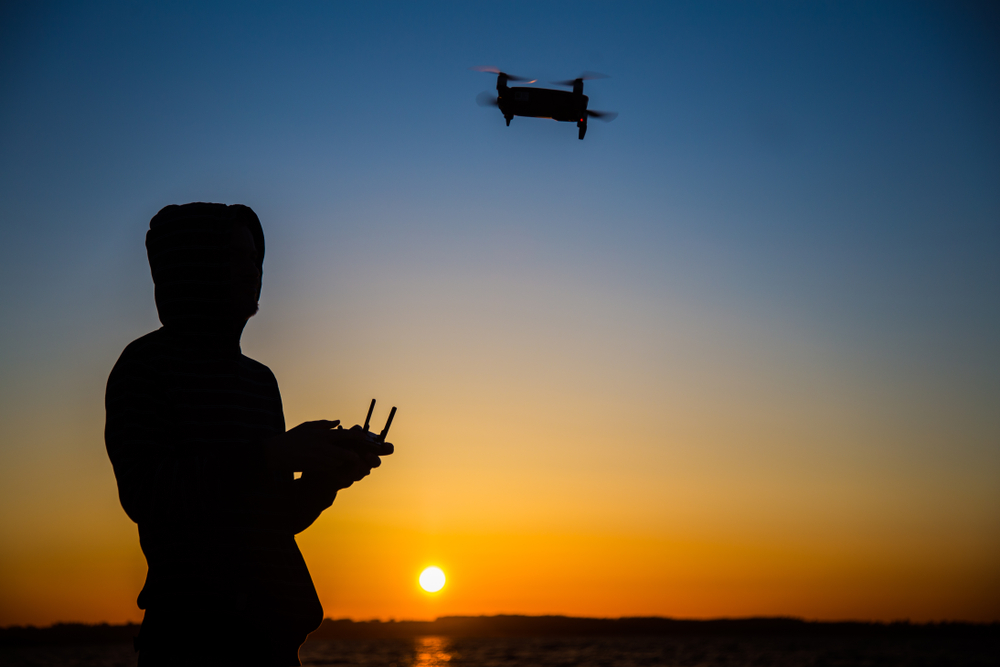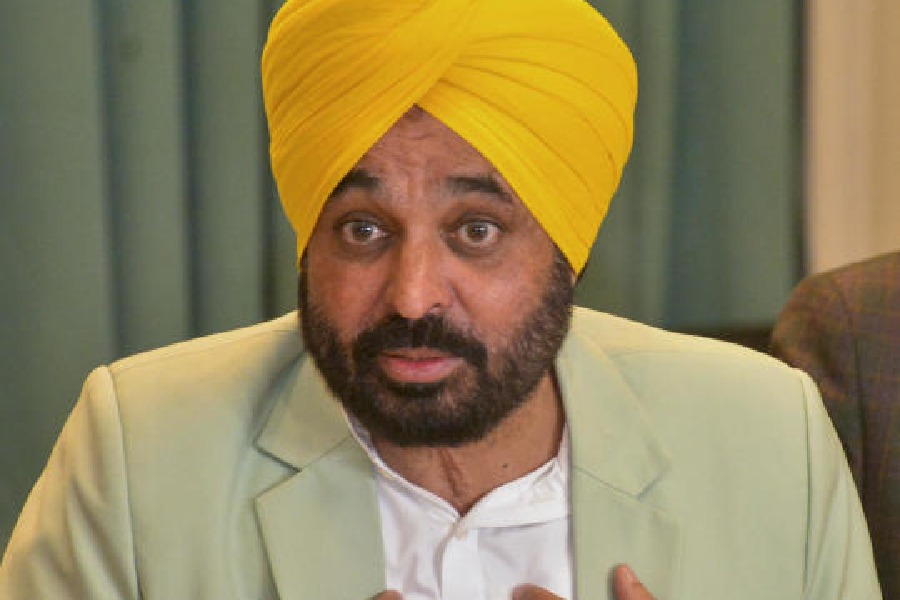Ten Nepalese citizens were arrested on Monday in Darjeeling for illegally using drones inside Indian territory, but many drone users in the hill town seemed unaware of regulations governing the use of such flying devices.
The Telegraph spoke to a number of drone users in town and gathered that most of the 60-70 users in the hills were aware of the weight of their device.
“It must be around 1kg along with batteries,” said one. Another user said: “It is around half a kilogram.”
Only one among the many users knew the exact weight of the drone.
The directorate-general of civil aviation has laid down Civil Aviation Requirements (CAR) for Remotely Piloted Aircraft System (RPAS) or drones and have categorised them depending on weight.
Nano drones are those which weigh less than or equal to 250 grams, micro are those that weight less than or equal to 2kg, small are equal to or less than 25kg, medium are less than or equal to 25kg and large are those which weigh greater than 150kg.
Depending on the categories, the DGCA has laid down specific rules.
Except for nano drones, owners of other drones have to obtain specific permissions like Equipment Type Approval (ETA), have to comply with “No-Permission — No Take Off (NPNT) rules and get a unique identification number (UIN) issued by the DGCA. Permissions can be obtained through the DGCA website.
However, nano and micro drones do not need Unmanned Aircraft Operator Permit. (UNOP).
With most drone users unaware of the weight of their machines, most were not well versed with the required permissions. “Weight was the last consideration when purchasing a drone,” said a user.
Many were also unaware that nano drones are allowed to fly only up to 50ft in uncontrolled airspace (where an Air Traffic Control ATC service is not necessary or cannot be provided for practical reasons) while micro drones cannot be flown above 200ft.
The maximum limit for other drones is 400ft and special permission needs to be obtained if one wants to fly drones at night.
An architect said that in the hills 50ft would mean the height of a five-storied building. “Most drones are flown above this height,” said a local.
Many users said they used drones for shooting marriages and public events. However, most were unaware that if they are using a micro drone at night at weddings they need to inform the local police at least 24 hours in advance apart from having other mandatory permissions.
Also, filming in protected wildlife areas will need special permission.
Foreigners are not allowed to fly drones in India. According to the civil aviation website drones should be kept “at least 25km distance from international border”.











